
Within days of the Nagasaki bombing, some of the scientists who'd worked on the Manhattan Project released a statement. In it, they warned of the "grave danger that lies ahead", predicting that other countries might now be "spurred on to create atomic bombs of their own in self-defense [leading to] an armaments race".
The arms race they were predicting, however, had already started. As soon as Soviet leader Joseph Stalin had seen evidence of the destruction at Hiroshima, he'd issued orders for the USSR to develop an atomic weapon. Despite the immense secrecy around the Manhattan Project, the Soviets were better positioned to do this than the Americans imagined. For over a year, they'd not only known of the laboratory at Las Alamos, but they'd also had two spies working there as scientists.
America's nuclear monopoly ended on 29 August 1949 when the USSR tested its first atomic bomb at Semipalatinsk in Kazakhstan. Shocked, but determined to stay ahead of their Cold War rivals, the US now looked to develop a weapon even more powerful than an atomic bomb. Edward Teller, a physicist at Los Alamos, championed the idea of hydrogen fusion. Harness the same energy the Sun uses, he argued, and you could produce a weapon with catastrophic power. In January 1950, President Harry Truman announced that the US would build what was now being called a hydrogen (or H) bomb.
هذه القصة مأخوذة من طبعة Issue 138 من History of War.
ابدأ النسخة التجريبية المجانية من Magzter GOLD لمدة 7 أيام للوصول إلى آلاف القصص المتميزة المنسقة وأكثر من 9,000 مجلة وصحيفة.
بالفعل مشترك ? تسجيل الدخول
هذه القصة مأخوذة من طبعة Issue 138 من History of War.
ابدأ النسخة التجريبية المجانية من Magzter GOLD لمدة 7 أيام للوصول إلى آلاف القصص المتميزة المنسقة وأكثر من 9,000 مجلة وصحيفة.
بالفعل مشترك? تسجيل الدخول

NAUMACHIA TRUTH BEHIND ROME'S GLADIATOR SEA BATTLES
In their quest for evermore novel and bloody entertainment, the Romans staged enormous naval fights on artificial lakes
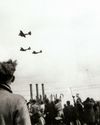
OPERATION MANNA
In late April 1945, millions of Dutch civilians were starving as Nazi retribution for the failed Operation Market Garden cut off supplies. eet as In response, Allied bombers launched a risky mission to air-drop food
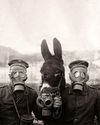
GASSING HITLER
Just a month before the end of WWI, the future Fuhrer was blinded by a British shell and invalided away from the frontline. Over a century later, has the artillery brigade that launched the fateful attack finally been identified?
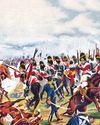
SALAMANCA
After years of largely defensive campaigning, Lieutenant General Arthur Wellesley went on the offensive against a French invasion of Andalusia
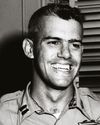
HUMBERT 'ROCKY'VERSACE
Early in the Vietnam War, a dedicated US Special Forces officer defied his merciless Viet Cong captors and inspired his fellow POWs to survive
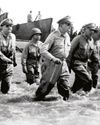
LEYTE 1944 SINKING THE RISING SUN
One of the more difficult island campaigns in WWII's Pacific Theatre saw a brutal months-long fight that exhausted Japan’s military strength
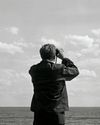
MAD DAWN
How technology transformed strategic thinking and military doctrine from the Cold War to the current day
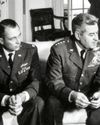
BRUSHES WITH ARMAGEDDON
Humanity came close to self-annihilation with the Cuban Missile Crisis, Broken Arrows’ and other nuclear near misses
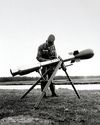
THE DEADLY RACE
How the road to peace led to an arms contest between the USA and USSR, with prototypes, proliferation and the world’s biggest bomb

THE MANHATTAN PROJECT
Einstein, Oppenheimer and the race to beat Hitler to the bomb. How a science project in the desert helped win a war